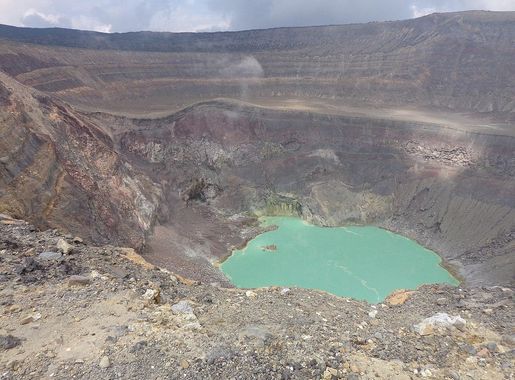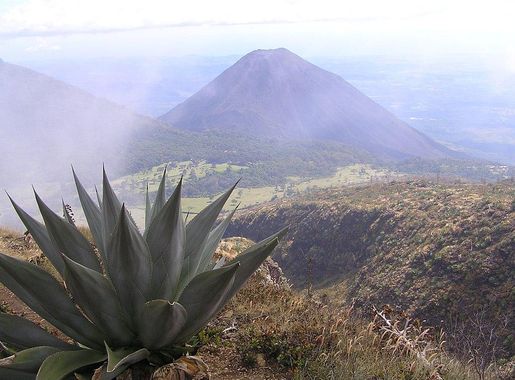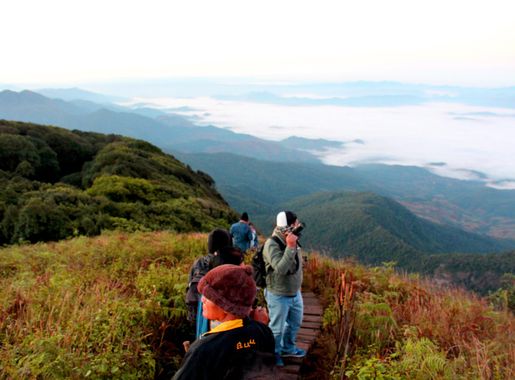
The Majestic Santa Ana Volcano National Park
Experience the awe-inspiring beauty and adventure of Santa Ana Volcano National Park, El Salvador's premier destination for hiking, wildlife, and panoramic vistas.
Santa Ana Volcano National Park, located in the heart of El Salvador, is a paradise for nature lovers and adventure seekers. The park is home to the country's highest volcano, known locally as Ilamatepec, which towers over the landscape at an impressive 2,381 meters. The volcano's summit offers breathtaking views of the surrounding lakes, forests, and the Pacific Ocean, making it a must-visit for any traveler to the region. The hike to the top of Santa Ana Volcano is a rewarding experience. The trail takes you through lush forests, past bubbling geothermal vents, and along the edge of the volcanic crater. At the summit, you'll be greeted by the sight of a striking emerald-green crater lake, a testament to the volcanic activity that still shapes this land. The hike is moderately challenging, but the panoramic views from the top are well worth the effort. Beyond the volcano itself, Santa Ana Volcano National Park boasts a rich biodiversity. The park's diverse ecosystems are home to a variety of wildlife, including colorful birds, playful monkeys, and elusive wild cats. The area is also dotted with beautiful flowers and unique plant species, making it a haven for botanists and nature photographers. Whether you're exploring the trails, enjoying a picnic with a view, or simply soaking in the natural beauty, Santa Ana Volcano National Park offers an unforgettable experience for all visitors.
Local tips in Santa Ana Volcano National Park
- Start your hike early in the morning to avoid the midday heat and to have the best chance of clear views from the summit.
- Bring plenty of water and snacks, as there are no facilities along the hiking trail.
- Wear sturdy hiking shoes and be prepared for uneven terrain.
- Check the weather forecast before your visit, as conditions can change rapidly in the mountains.
- Consider hiring a local guide for the hike to learn more about the area's geology, flora, and fauna.
The Majestic Santa Ana Volcano National Park
Santa Ana Volcano National Park, located in the heart of El Salvador, is a paradise for nature lovers and adventure seekers. The park is home to the country's highest volcano, known locally as Ilamatepec, which towers over the landscape at an impressive 2,381 meters. The volcano's summit offers breathtaking views of the surrounding lakes, forests, and the Pacific Ocean, making it a must-visit for any traveler to the region. The hike to the top of Santa Ana Volcano is a rewarding experience. The trail takes you through lush forests, past bubbling geothermal vents, and along the edge of the volcanic crater. At the summit, you'll be greeted by the sight of a striking emerald-green crater lake, a testament to the volcanic activity that still shapes this land. The hike is moderately challenging, but the panoramic views from the top are well worth the effort. Beyond the volcano itself, Santa Ana Volcano National Park boasts a rich biodiversity. The park's diverse ecosystems are home to a variety of wildlife, including colorful birds, playful monkeys, and elusive wild cats. The area is also dotted with beautiful flowers and unique plant species, making it a haven for botanists and nature photographers. Whether you're exploring the trails, enjoying a picnic with a view, or simply soaking in the natural beauty, Santa Ana Volcano National Park offers an unforgettable experience for all visitors.
Iconic landmarks you can’t miss
Parque Nacional Cerro Verde
Explore the breathtaking Cerro Verde National Park, a national treasure in El Salvador known for its stunning landscapes, diverse wildlife, and rich cultural heritage.
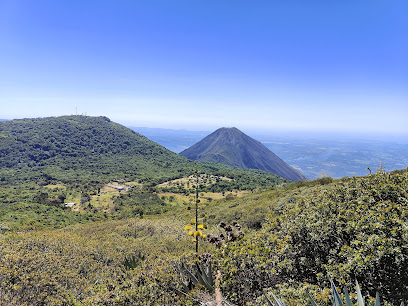
Glass House Mountain Park
Experience the breathtaking beauty of Glass House Mountain Park in Santa Ana, a perfect destination for outdoor adventures and peaceful retreats.
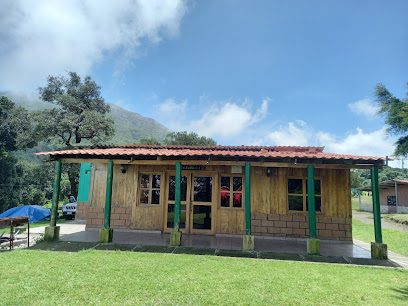
Cerro Verde National Park
Explore the breathtaking landscapes and rich biodiversity of Cerro Verde National Park, home to stunning volcanoes and lush hiking trails.
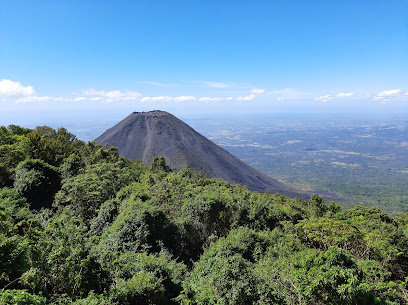
Santa Ana Volcano
Explore the breathtaking Santa Ana Volcano, a stunning natural wonder in El Salvador with thrilling hiking trails and panoramic views.
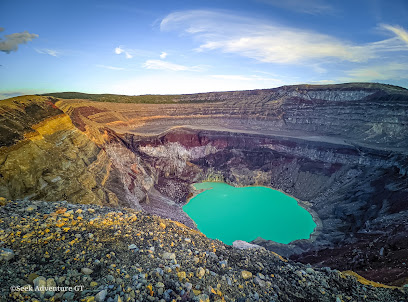
Santa Ana Volcano Trailhead
Discover the breathtaking beauty of the Santa Ana Volcano Trailhead, a top hiking destination in El Salvador with stunning views and rich biodiversity.
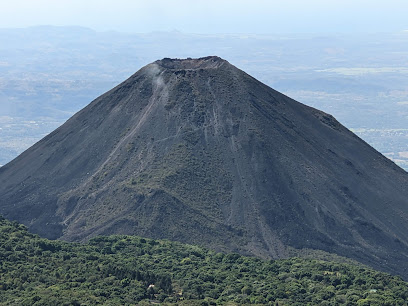
El Jardin de Los Volcanes
Discover the beauty of nature at El Jardin de Los Volcanes, a perfect campground in Santa Ana, El Salvador, surrounded by stunning volcanic landscapes.
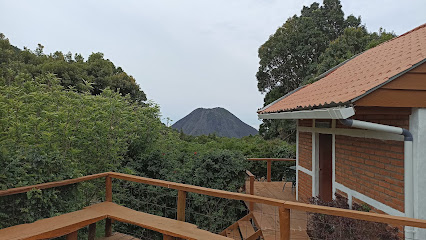
Volcan De Santa Ana O Ilamatepec
Explore Volcan De Santa Ana, the highest volcano in El Salvador, offering stunning views, rich biodiversity, and an unforgettable hiking experience.
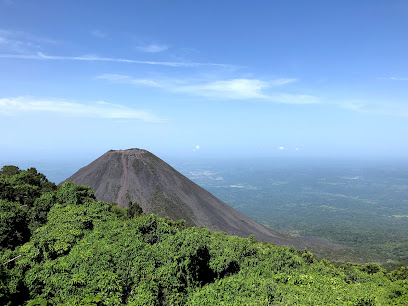
Los Volcanes Sector Los Andes National Park
Discover the breathtaking landscapes and diverse wildlife of Los Volcanes Sector in Los Andes National Park, a natural gem in El Salvador.
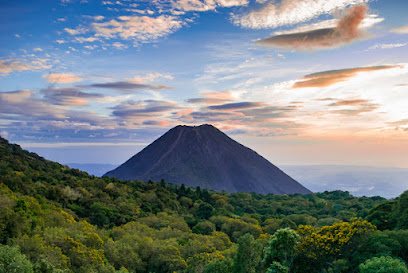
Volcan santa ana
Explore the stunning Volcan Santa Ana, El Salvador's highest volcano, offering breathtaking views and unforgettable hiking experiences in the heart of nature.
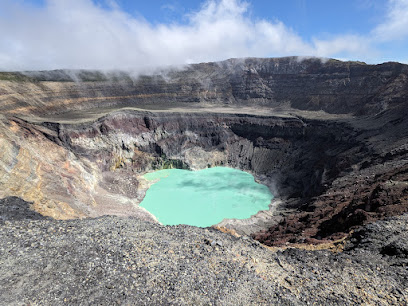
Santa Ana Volcano Panoramic Viewpoint Two
Discover the stunning vistas at Santa Ana Volcano Panoramic Viewpoint, a breathtaking observation deck showcasing nature's beauty in El Salvador.
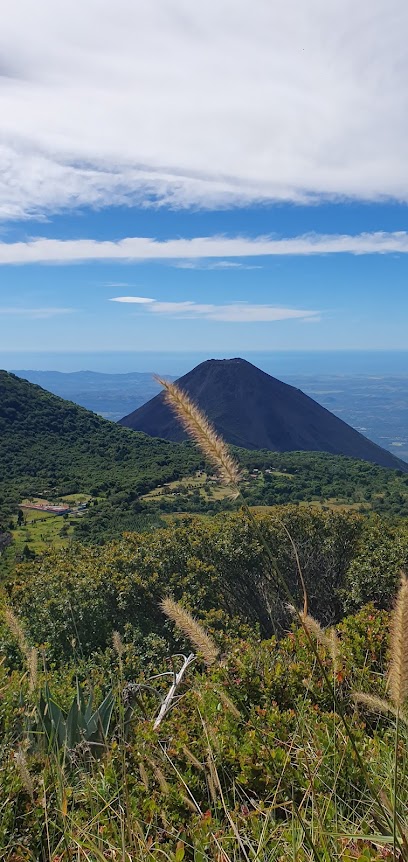
Unmissable attractions to see
Parque Nacional Cerro Verde
Explore the lush trails and breathtaking views of Parque Nacional Cerro Verde, a must-visit national park in El Salvador renowned for its rich biodiversity.
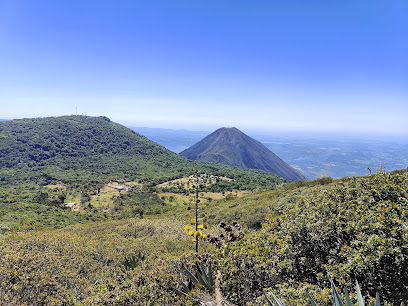
Parque Libertad
Discover the vibrant culture and lush landscapes of Parque Libertad in Santa Ana, a must-visit park for every traveler.
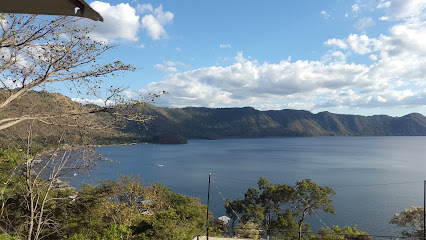
Catedral de Nuestra Señora Santa Ana
Discover the architectural beauty and cultural significance of the Catedral de Nuestra Señora Santa Ana, a must-see landmark in the heart of Santa Ana, El Salvador.
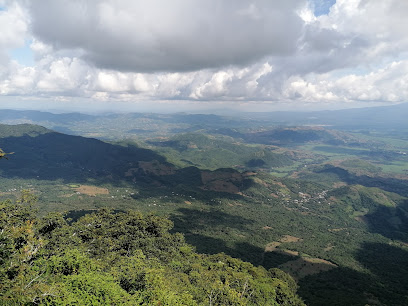
National Theater of Santa Ana
Explore the grandeur of the National Theater of Santa Ana, a cultural gem showcasing the best of El Salvador’s performing arts in a stunning historical setting.
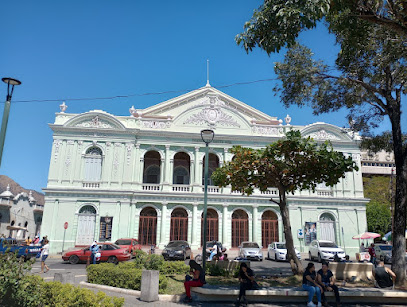
Cerro Verde National Park
Explore the breathtaking landscapes of Cerro Verde National Park, home to stunning volcanoes and diverse wildlife, perfect for nature enthusiasts and adventurers.
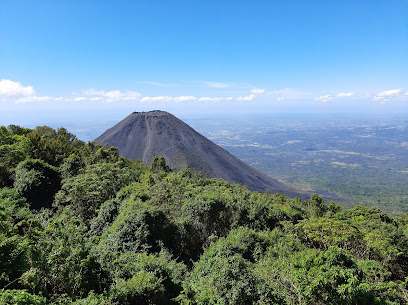
Santa Ana Volcano
Discover the breathtaking Santa Ana Volcano, a must-visit destination in El Salvador with stunning views and rich biodiversity.
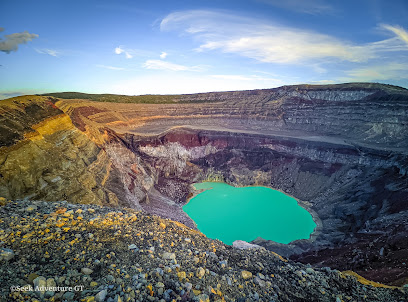
Santa Ana Volcano Trailhead
Discover the breathtaking beauty of Santa Ana Volcano Trailhead, a must-visit hiking destination in El Salvador with stunning views and rich biodiversity.
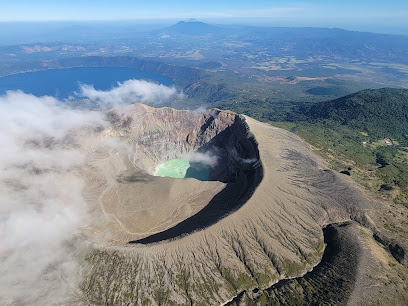
El Jardin de Los Volcanes
Experience the breathtaking beauty of El Jardin de Los Volcanes, a serene campground in Santa Ana, El Salvador, surrounded by stunning volcanic landscapes.
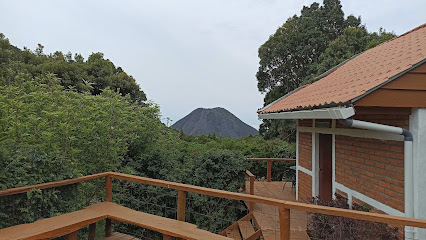
Volcan De Santa Ana O Ilamatepec
Explore the stunning heights of Volcan De Santa Ana O Ilamatepec, a perfect adventure destination blending nature and breathtaking views in El Salvador.

Finca La Esperanza Coffee Tour
Explore the rich flavors and aromas of coffee at Finca La Esperanza, where tradition meets sustainability in the heart of Santa Ana.
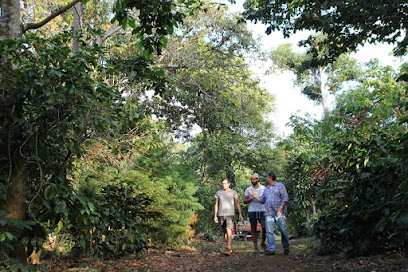
Santa Ana Volcano Panoramic Viewpoint Two
Discover stunning vistas of the Santa Ana Volcano at the breathtaking Santa Ana Volcano Panoramic Viewpoint in El Salvador.
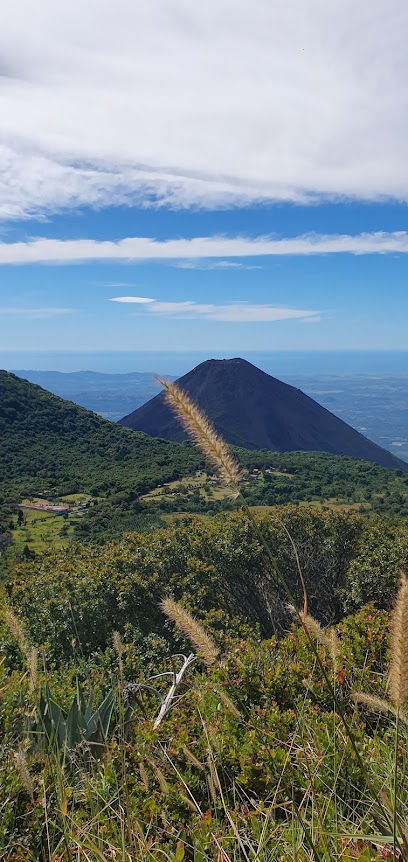
Essential places to dine
Simmer Down
Discover the delightful flavors of Simmer Down in Santa Ana, where delicious pizzas meet warm hospitality in a charming setting.

Inna Jammin
Experience authentic Salvadoran cuisine at Inna Jammin, where vibrant flavors meet warm hospitality in the heart of Santa Ana.
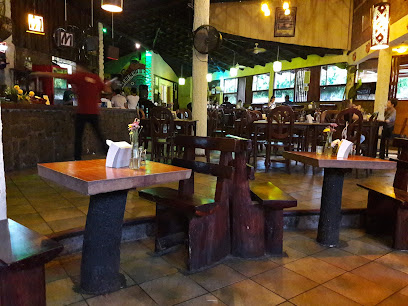
Lover's Steak House
Experience mouthwatering steaks and warm hospitality at Lover's Steak House in Santa Ana—a must-visit for food lovers seeking authentic flavors.
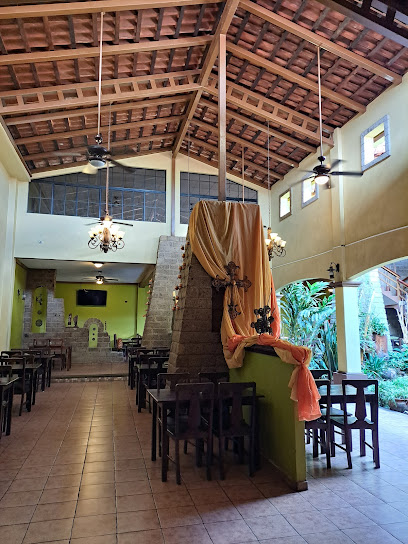
Restaurante Rincon Tipico de El Sopón
Discover the authentic flavors of Salvadoran cuisine at Restaurante Rincon Tipico de El Sopón in Santa Ana's vibrant gastropub scene.

San Antonio Hotel-Boutique
Discover tranquility at San Antonio Hotel-Boutique in Chalchuapa - your gateway to El Salvador's rich history and culture.

Los Volcanes Bistro Café
Experience authentic Salvadoran cuisine and exquisite coffee at Los Volcanes Bistro Café in El Congo.
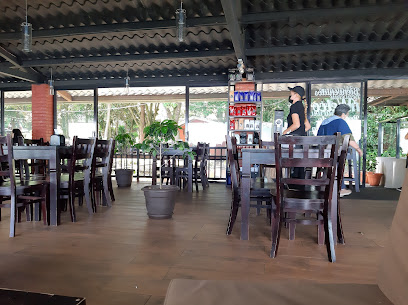
Café Tejas
Discover Café Tejas in Santa Ana - where flavorful barbecue meets live music in an inviting atmosphere.
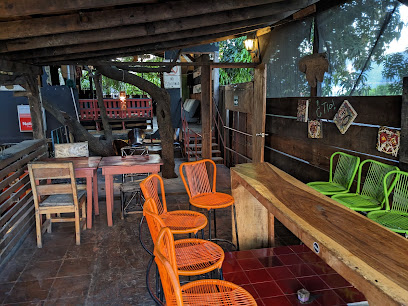
Santa Ana Volcano
Discover breathtaking views and adventure at Santa Ana Volcano, El Salvador's highest peak with stunning landscapes and rich biodiversity.
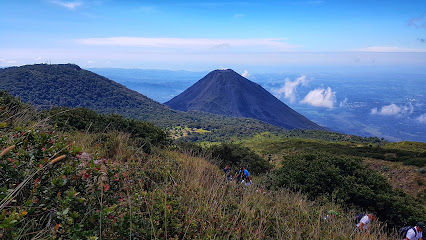
Está Carbón
Discover authentic Salvadoran flavors at Está Carbón, where every meal is a celebration of grilled perfection amidst breathtaking landscapes.
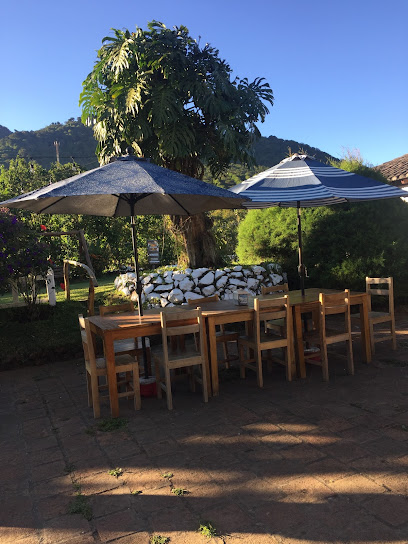
Santa Ana Volcano Trailhead
Experience breathtaking views and rich biodiversity at Santa Ana Volcano Trailhead – El Salvador's premier hiking destination.
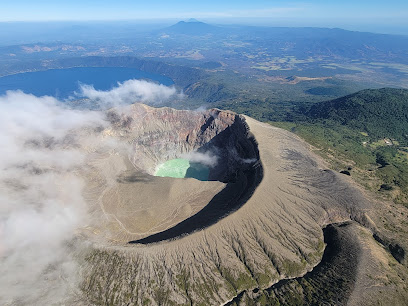
El Jardin de Los Volcanes
Experience breathtaking volcanic landscapes at El Jardin de Los Volcanes - a unique campground blending nature with comfort.
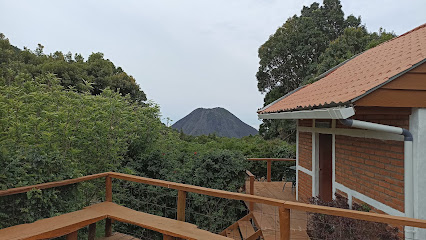
Restaurante Solsticio
Experience authentic Salvadoran cuisine surrounded by nature at Restaurante Solsticio in El Congo, Santa Ana.
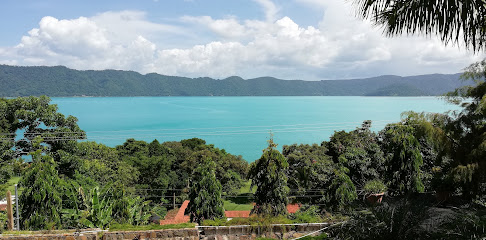
Santa Ana Volcano Panoramic Viewpoint Two
Discover breathtaking views at Santa Ana Volcano Panoramic Viewpoint – a must-see observation deck in El Salvador offering stunning landscapes.
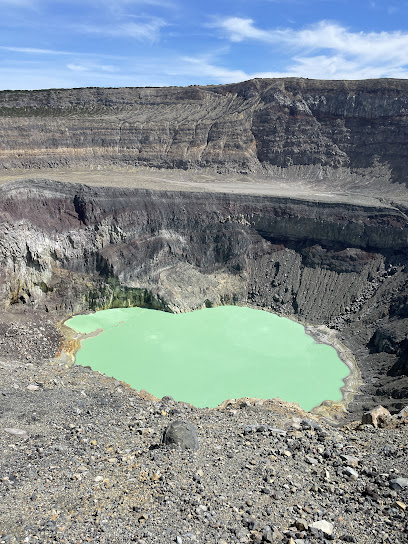
Tipicos Galef
Experience authentic Salvadoran cuisine surrounded by breathtaking nature at Tipicos Galef in Parque Nacional Cerro Verde.
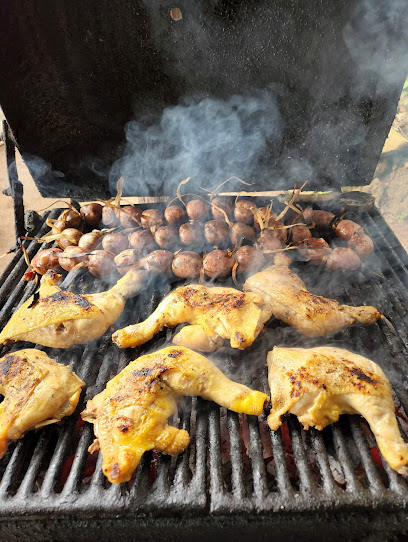
Markets, malls and hidden boutiques
Metrocentro Santa Ana
Discover Metrocentro Santa Ana: your ultimate shopping and dining destination in the heart of El Salvador, blending local culture with modern retail.

Parque Nacional Cerro Verde
Discover the breathtaking landscapes and rich biodiversity of Parque Nacional Cerro Verde, a top destination in El Salvador for nature lovers and adventure seekers.
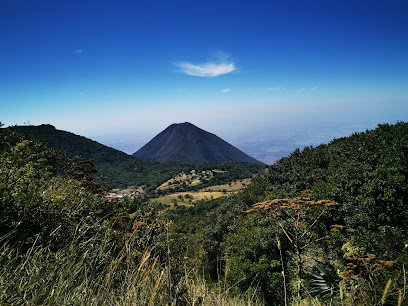
Glass House Mountain Park
Experience the natural beauty and tranquility of Glass House Mountain Park in Santa Ana, a perfect retreat for outdoor enthusiasts and nature lovers alike.
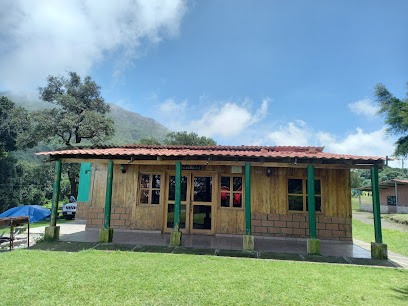
Cerro Verde National Park
Explore the breathtaking Cerro Verde National Park, where majestic volcanoes meet rich biodiversity in El Salvador's stunning natural landscape.
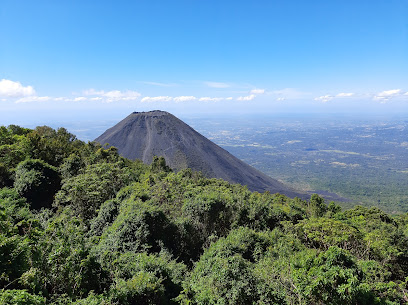
Santa Ana Volcano
Explore the stunning Santa Ana Volcano, El Salvador's highest peak, offering breathtaking views and an unforgettable hiking experience amidst nature's beauty.
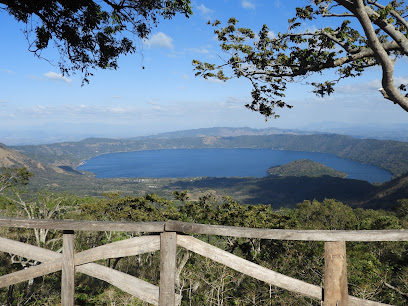
Santa Ana Volcano Trailhead
Discover the breathtaking beauty of Santa Ana Volcano Trailhead, a must-visit hiking area in El Salvador offering stunning views and natural wonders.
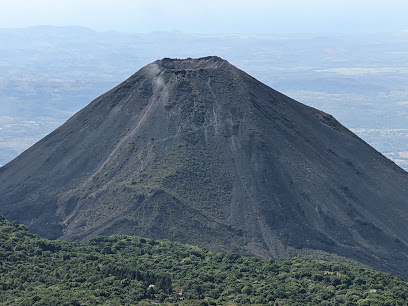
El Jardin de Los Volcanes
Discover the tranquil beauty of El Jardin de Los Volcanes, a camping paradise surrounded by stunning volcanic landscapes in Santa Ana.
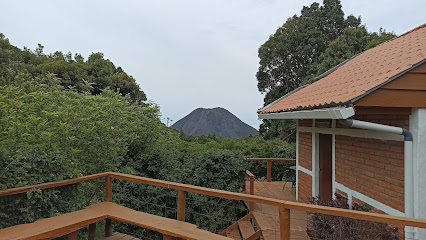
Santa Ana Volcano Panoramic Viewpoint Two
Experience unparalleled views of the Santa Ana Volcano at this breathtaking observation deck, perfect for nature lovers and photographers alike.
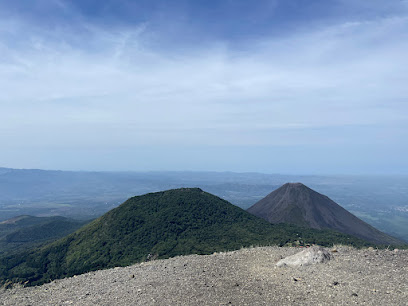
Essential bars & hidden hideouts
Glass House Mountain Park
Discover the stunning natural beauty of Glass House Mountain Park in Santa Ana, El Salvador, a paradise for nature lovers and outdoor enthusiasts.
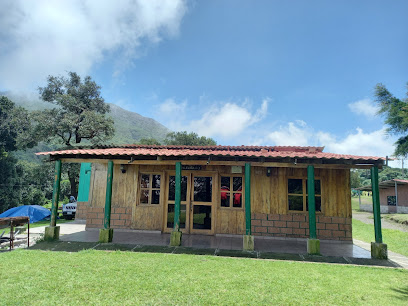
Café Tejas
Experience the fusion of Salvadoran and Canadian cuisines at Café Tejas, a vibrant restaurant in Santa Ana with live music and a welcoming atmosphere.
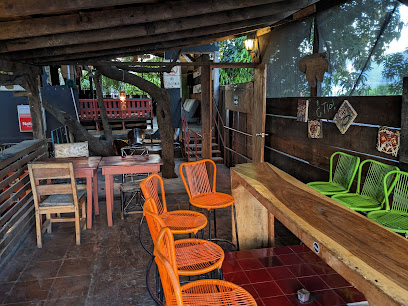
Clubbers Santa Ana
Discover the lively nightlife at Clubbers Santa Ana, where vibrant music and delicious drinks create unforgettable memories in El Salvador.

Santa Ana Volcano
Experience the breathtaking beauty and adventure of Santa Ana Volcano, El Salvador's highest peak, with stunning views and rich cultural significance.
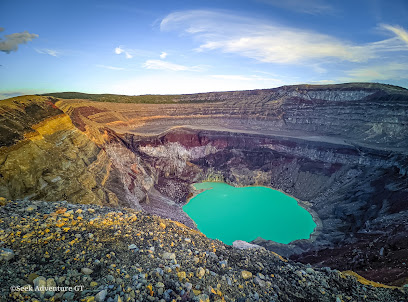
Santa Ana Volcano Trailhead
Discover the breathtaking beauty of Santa Ana Volcano Trailhead, a premier hiking destination in El Salvador with stunning views and rich biodiversity.
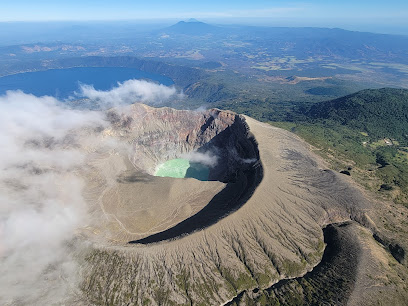
Downtown Pub Santa Ana
Discover the vibrant nightlife at Downtown Pub Santa Ana, where locals and tourists gather to enjoy affordable drinks and live entertainment in a lively atmosphere.
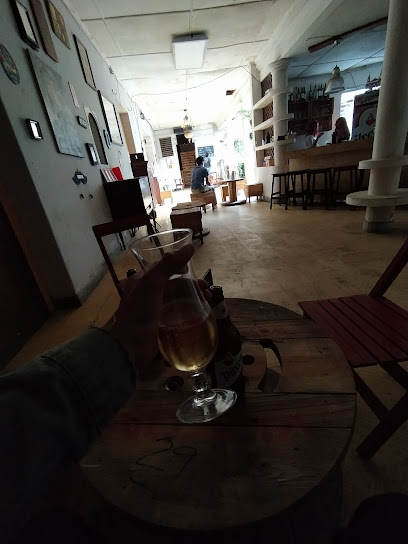
El Jardin de Los Volcanes
Experience the breathtaking landscapes and outdoor adventure at El Jardin de Los Volcanes, the perfect retreat in Santa Ana, El Salvador.
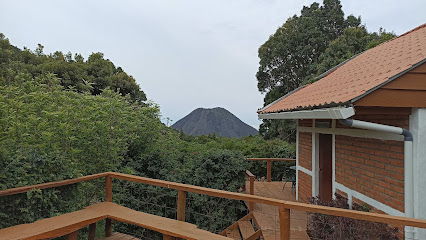
La Jungla Restobar
Experience the vibrant culinary scene of Santa Ana at La Jungla Restobar, where delicious flavors and a lively ambiance await.
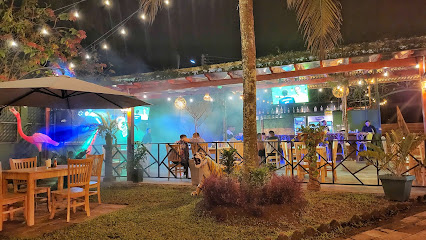
Clover's pub bar and cafe
Experience the vibrant nightlife of Santa Ana at Clover's Pub Bar and Cafe, where friendly service and local flavors come together in a cozy atmosphere.
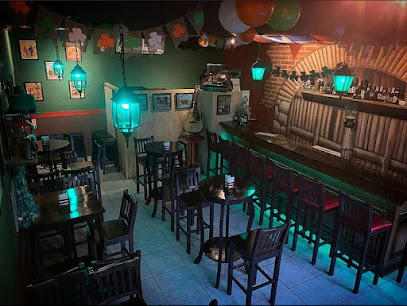
Santa Ana Volcano Panoramic Viewpoint Two
Experience stunning panoramic views at Santa Ana Volcano Panoramic Viewpoint, a must-visit destination for nature lovers in El Salvador.
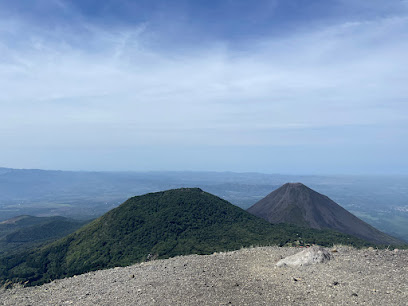
Bar La cueva
Experience the vibrant local nightlife at Bar La Cueva, a cozy bar in Santa Ana offering delightful drinks and a friendly atmosphere.
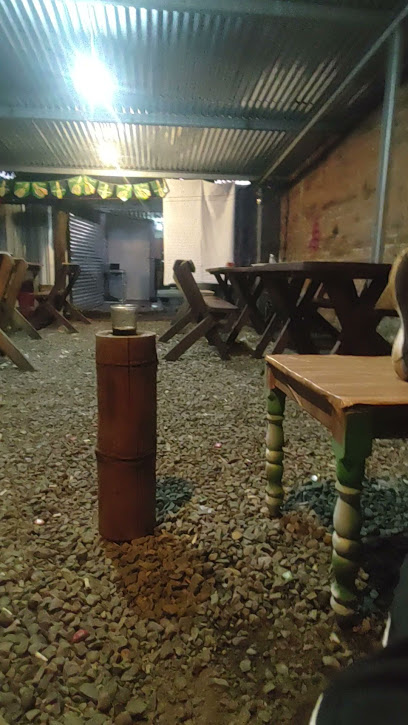
K-laveras Bar & Restaurant
Discover the vibrant flavors of Santa Ana at K-laveras Bar & Restaurant, where exquisite grilled dishes meet a welcoming atmosphere.

Local Phrases
-
- HelloHola
[oh-lah] - GoodbyeAdiós
[ah-dee-ohs] - YesSí
[see] - NoNo
[noh] - Please/You're welcomePor favor
[por fah-vor] - Thank youGracias
[grah-see-ahs] - Excuse me/SorryDisculpe
[dees-kool-peh] - How are you?¿Cómo estás?
[koh-moh ehs-tahs] - Fine. And you?Bien. ¿Y tú?
[byen. ee too] - Do you speak English?¿Hablas inglés?
[ah-blahs een-glehs] - I don't understandNo entiendo
[noh ehn-tyen-doh]
- HelloHola
-
- I'd like to see the menu, pleaseMe gustaría ver el menú, por favor
[meh goos-tah-ree-ah behr ehl meh-noo, por fah-vor] - I don't eat meatNo como carne
[noh koh-moh kahr-neh] - Cheers!¡Salud!
[sah-lood] - I would like to pay, pleaseMe gustaría pagar, por favor
[meh goos-tah-ree-ah pah-gahr, por fah-vor]
- I'd like to see the menu, pleaseMe gustaría ver el menú, por favor
-
- Help!¡Ayuda!
[ah-yoo-dah] - Go away!¡Vete!
[veh-teh] - Call the Police!¡Llama a la Policía!
[yah-mah ah lah poh-lee-see-ah] - Call a doctor!¡Llama a un médico!
[yah-mah ah oon meh-dee-koh] - I'm lostEstoy perdido
[ehs-toy pehr-dee-doh] - I'm illEstoy enfermo
[ehs-toy ehn-fehr-moh]
- Help!¡Ayuda!
-
- I'd like to buy...Me gustaría comprar...
[meh goos-tah-ree-ah kohm-prahr...] - I'm just lookingSolo estoy mirando
[soh-loh ehs-toy meer-ahn-doh] - How much is it?¿Cuánto cuesta?
[kwan-toh kwehs-tah] - That's too expensiveEso es demasiado caro
[eh-soh ehs deh-mah-syah-doh kah-roh] - Can you lower the price?¿Puede bajar el precio?
[pweh-deh bah-hahr ehl pree-syoh]
- I'd like to buy...Me gustaría comprar...
-
- What time is it?¿Qué hora es?
[keh oh-rah ehs] - It's one o'clockEs la una
[ehs lah oo-nah] - Half past (10)Las diez y media
[lahs dyehs ee meh-dee-ah] - MorningMañana
[mah-nyah-nah] - AfternoonTarde
[tahr-deh] - EveningNoche
[noh-cheh] - YesterdayAyer
[ah-yehr] - TodayHoy
[oy] - TomorrowMañana
[mah-nyah-nah] - 1Uno
[oo-noh] - 2Dos
[dohs] - 3Tres
[trehs] - 4Cuatro
[kwah-troh] - 5Cinco
[seen-koh] - 6Seis
[says] - 7Siete
[syeh-teh] - 8Ocho
[oh-choh] - 9Nueve
[nweh-veh] - 10Diez
[dyehs]
- What time is it?¿Qué hora es?
-
- Where's a/the...?¿Dónde está...?
[dohn-deh ehs-tah] - What's the address?¿Cuál es la dirección?
[kwal ehs lah dee-rehk-syohn] - Can you show me (on the map)?¿Puedes mostrarme (en el mapa)?
[pweh-dehs mohs-trahr-meh (ehn ehl mah-pah)] - When's the next (bus)?¿Cuándo es el próximo (autobús)?
[kwan-doh ehs ehl proh-ksee-moh (ow-toh-booos)] - A ticket (to ....)Un boleto (para ....)
[oon boh-leh-toh (pah-rah)]
- Where's a/the...?¿Dónde está...?
History of Santa Ana Volcano National Park
-
Santa Ana Volcano, known as Ilamatepeq, is one of the most prominent geological features of El Salvador, with its formation dating back thousands of years. The volcano is part of the Central American Volcanic Arc and has shaped the landscape and ecology of the region. Its eruptions have created fertile soils, making the surrounding areas ideal for agriculture, particularly coffee cultivation, which has historically been a cornerstone of the local economy.
-
The area surrounding Santa Ana Volcano was inhabited by indigenous groups, notably the Pipil people, before the Spanish conquest. Their culture, language, and agricultural practices were deeply tied to the land, including the volcano, which they revered. The volcanic soil contributed to their farming success, particularly in maize and other staple crops, which remain significant in Salvadoran culture today.
-
Following the Spanish conquest in the 16th century, the region experienced significant changes. The establishment of colonial settlements led to the exploitation of local resources, including the fertile lands around the Santa Ana Volcano. The Spanish introduced new agricultural practices and crops, which altered the local economy and culture. These colonial influences are still evident in the architecture and urban layout of Santa Ana city.
-
The most recent major eruption of Santa Ana Volcano occurred in October 2005, after a long dormant period. This eruption was significant, sending ash clouds high into the atmosphere and affecting air travel in the region. The event highlighted the ongoing volcanic activity in El Salvador and the need for monitoring and disaster preparedness. The eruption also impacted local communities, leading to evacuations and changes in land use.
-
In recent decades, Santa Ana Volcano National Park has been established to protect the unique ecology and biodiversity of the area. The park offers opportunities for hiking, birdwatching, and experiencing the natural beauty of the region. Efforts to promote ecotourism have helped raise awareness of the importance of volcanic ecosystems and have provided economic benefits to local communities, fostering a deeper appreciation for the natural and cultural heritage of Santa Ana.
Santa Ana Volcano National Park Essentials
-
Santa Ana Volcano National Park is easily accessible from Santa Ana city. You can take a local bus from the main bus terminal in Santa Ana, which operates routes to the park every 30 minutes. The journey takes approximately 30-45 minutes. Alternatively, taxis and ride-sharing services are available for a more direct route, typically costing around $15-20.
-
Within Santa Ana Volcano National Park, walking is the primary mode of transportation. The park features well-marked trails for hiking and exploring. Guided tours are also available and often include transportation from Santa Ana. For those looking to explore further, renting a bicycle can be a great option, though be prepared for some steep terrain.
-
Santa Ana Volcano National Park is generally safe for tourists, especially during the day. However, it is advisable to avoid areas around the city of Santa Ana, particularly at night, as some neighborhoods have higher crime rates. Stay in well-lit areas and travel in groups whenever possible. Exercise caution with your belongings, especially in crowded areas.
-
In case of an emergency, dial 911 for police assistance or medical emergencies. The nearest healthcare facilities are in Santa Ana city. It is recommended to carry a basic first aid kit while hiking, and ensure you have travel insurance that covers emergencies. In case of a natural event like an earthquake, follow local authorities' instructions and stay in safe areas.
-
Fashion: Do wear comfortable clothing and sturdy shoes suitable for hiking. Don't wear flip-flops or open-toed shoes on the trails. Religion: Do respect local customs at nearby communities and churches. Public Transport: Do be courteous to fellow passengers. Don't engage in loud conversations. Greetings: Do greet locals with a friendly 'Hola'. Eating & Drinking: Do try local dishes at nearby eateries. Don't drink tap water; opt for bottled water instead.
-
To experience Santa Ana Volcano National Park like a local, consider joining a guided hike with a local guide who can share insights about the flora, fauna, and geology of the area. Visit local markets in Santa Ana city for fresh produce and authentic Salvadoran snacks. Be sure to try pupusas, a traditional dish, at nearby restaurants. Engaging with locals often leads to discovering hidden gems and lesser-known trails.
Trending Landmarks in Santa Ana Volcano National Park
Nearby Cities to Santa Ana Volcano National Park
-
Things To Do in Chalchuapa
-
Things To Do in San Salvador
-
Things To Do in La Libertad
-
Things To Do in Suchitoto
-
Things To Do in Copán Ruinas
-
Things To Do in Guatemala City
-
Things To Do in Santa Rosa de Copán
-
Things To Do in Gracias
-
Things To Do in Antigua Guatemala
-
Things To Do in San Miguel
-
Things To Do in Panajachel
-
Things To Do in Lake Atitlán
-
Things To Do in Chichicastenango
-
Things To Do in Rio Dulce
-
Things To Do in Quetzaltenango

